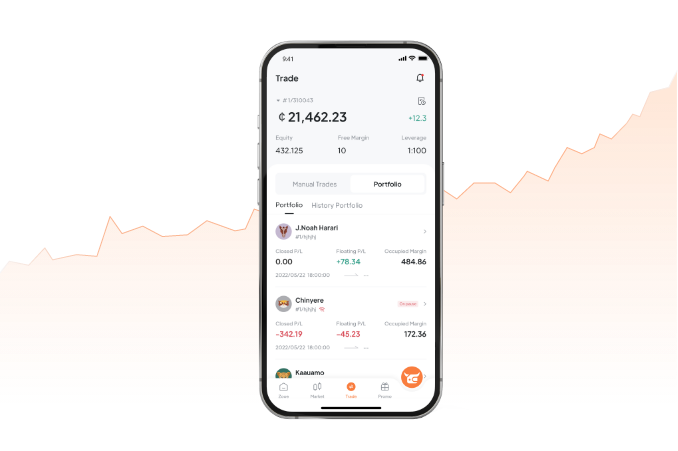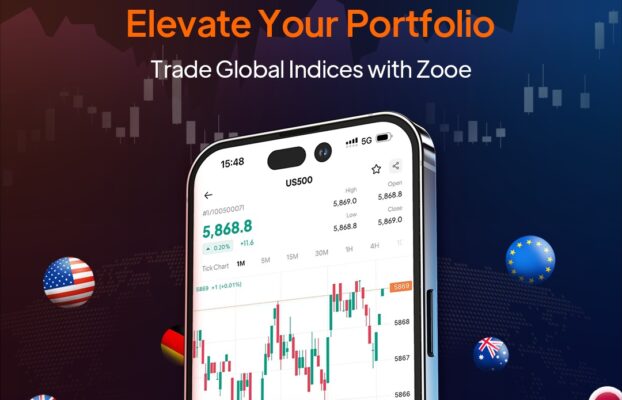Learn Trading
Master the basics of trading with our comprehensive guides and insights, designed for investors of all levels.

Your comprehensive resource for mastering market essentials. Explore below to embark on a superior investment journey.

Our experts explain key investment terms to help clear up common confusions in the investment process.
An investment portfolio refers to a collection of assets an investor has invested in. It can encompass stocks, bonds, commodities, currencies, funds, real estate, and cryptocurrencies, among others. By investing in a varied portfolio rather than a single asset, investors may increase their chances of earning returns and diversify their risks.
Capital markets are spaces where buyers and sellers engage in the exchange of funds and asset ownership through transactions. Investors have the opportunity to trade or invest in a diverse array of financial assets, ranging from stocks to cryptocurrencies, aiming for returns.
Tip: Capital markets comprise institutions like stock exchanges that facilitate continuous trading and allow for the repeated buying and selling of assets.
Going long, or taking a long position, describes the act of purchasing an asset, such as stocks or bonds, in anticipation that its price will rise in the future.
Conversely, going short, or short selling, involves borrowing an asset and selling it for cash, then later repurchasing the asset at a lower price to return it. This strategy profits from the price difference if the asset’s price indeed falls.
“Bull market” and “bear market” are terms traders use to describe market conditions. A bear market indicates a general downtrend in market prices, whereas a bull market suggests an upward trend. These terms are loosely used to convey the general sentiment within the market, though strictly speaking, a bull market denotes a situation where prices have risen by more than 20% from their previous low, and a bear market implies a more than 20% drop from the previous peak.
An index is a measure indicating the overall price movement of a set of assets. The grouping of assets can be determined by factors such as asset class, geographical area, or industry. For instance, the FTSE 100 index represents the value of the 100 largest companies listed on the London Stock Exchange, while the S&P 500 index tracks the stock performance of the 500 largest companies listed in the U.S.
A stop loss is a strategy employed to sell off an investment when it incurs a loss up to a predetermined amount, preventing further losses. Stop losses can be preset via trading platforms to execute automatically, ensuring that your portfolio is sold off when it hits the stop loss price, even if you’re not monitoring asset prices in real time.
Helping You Quickly Understand the Market
Join our global investor community to explore elite traders’ portfolios, effortlessly replicate their success, and apply your insights with a free $1,000 demo account.






